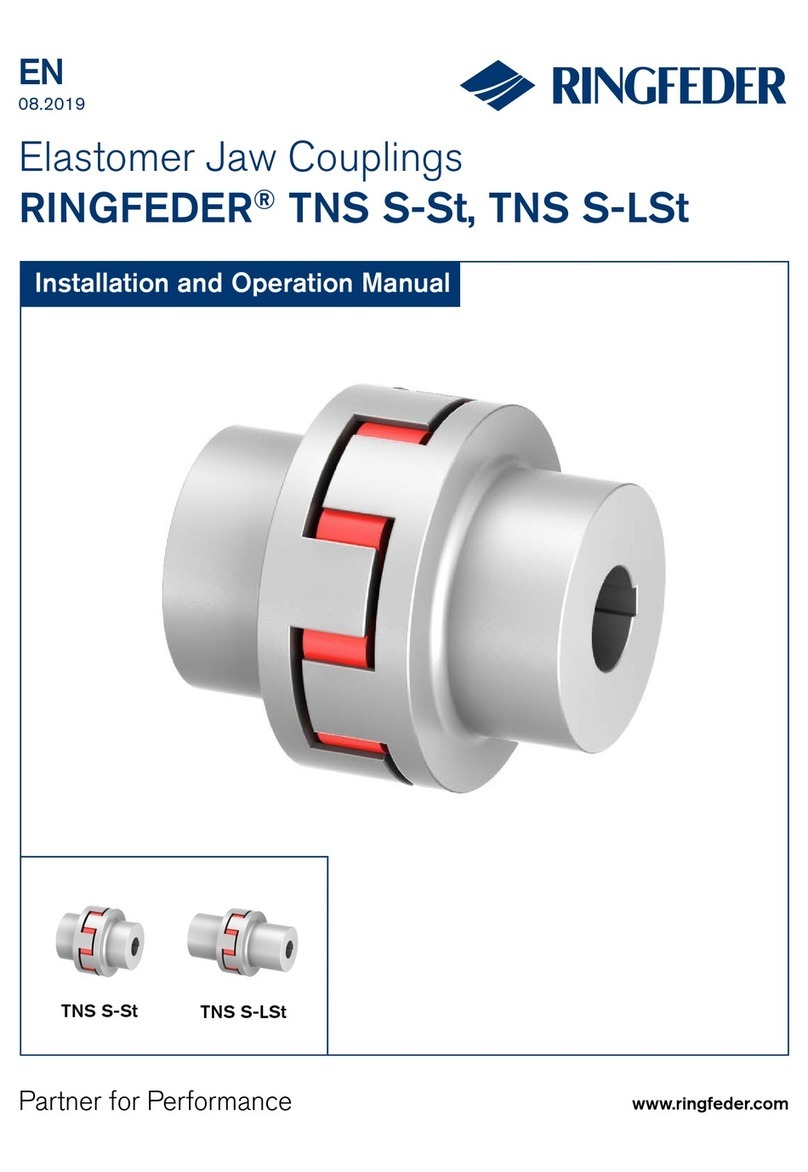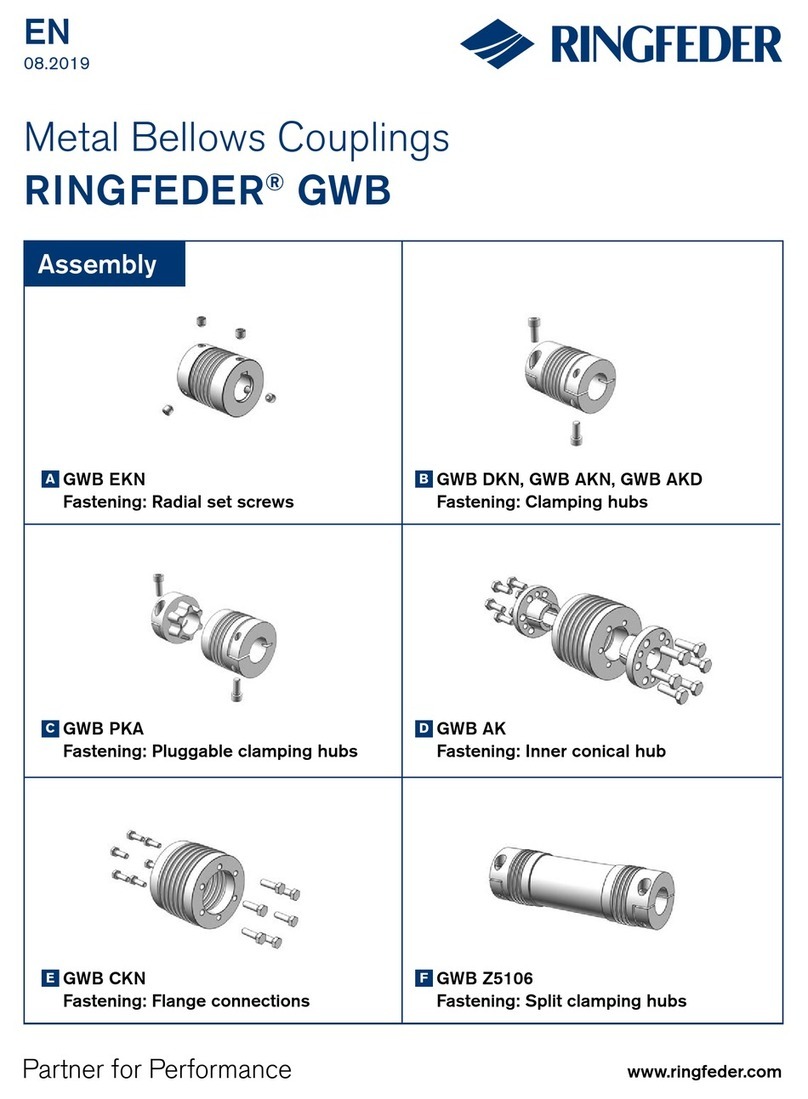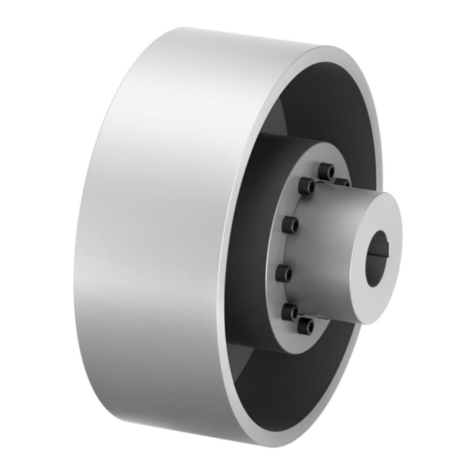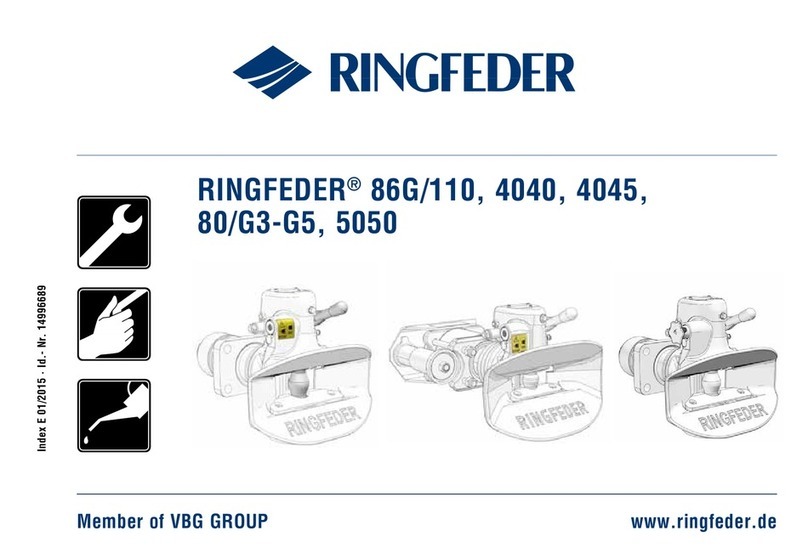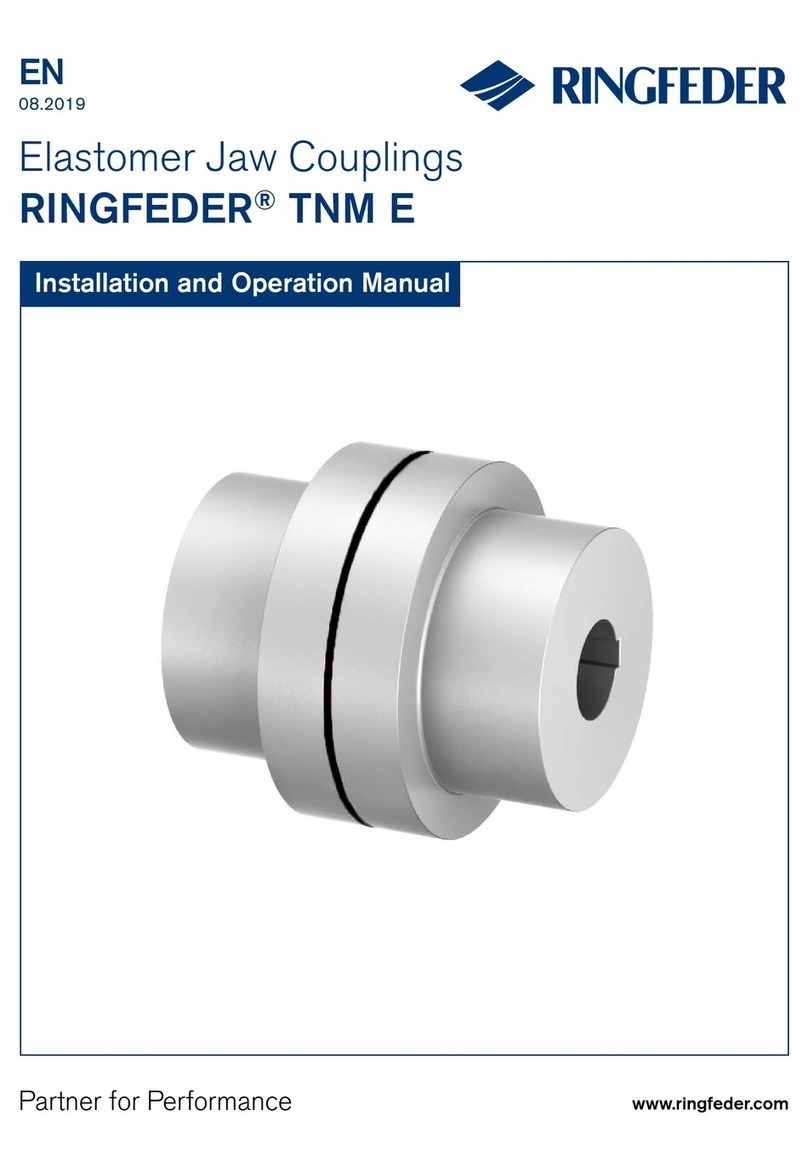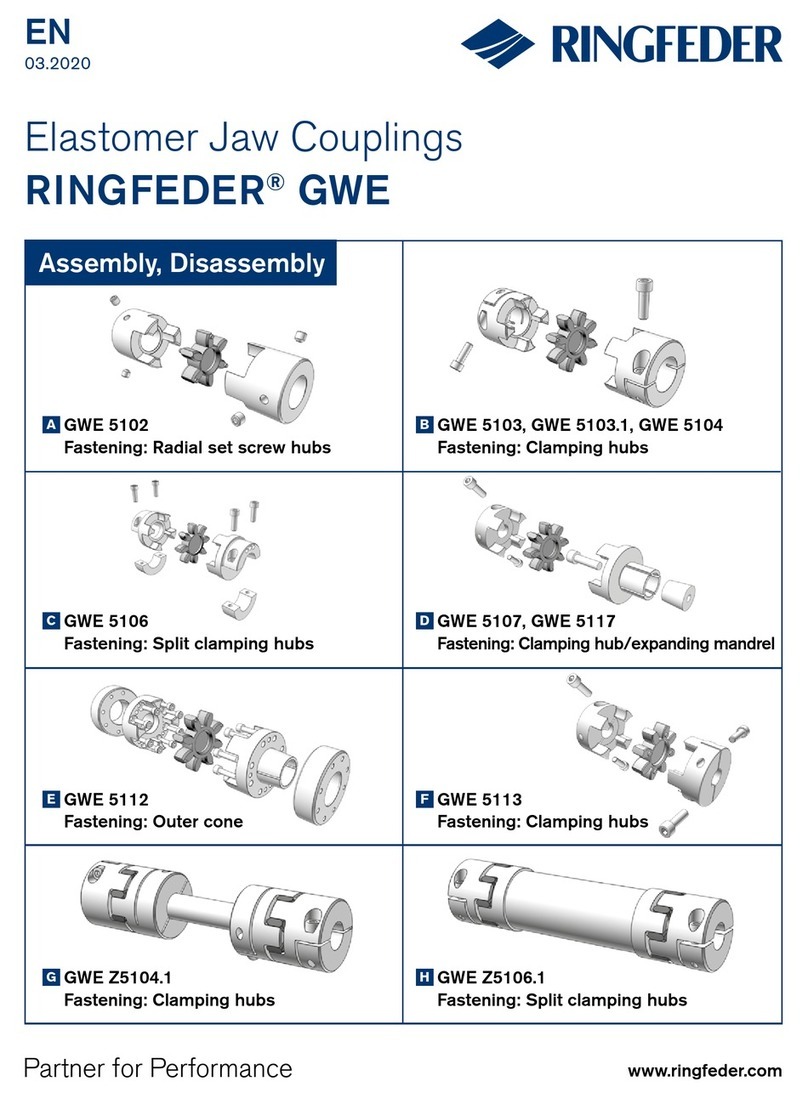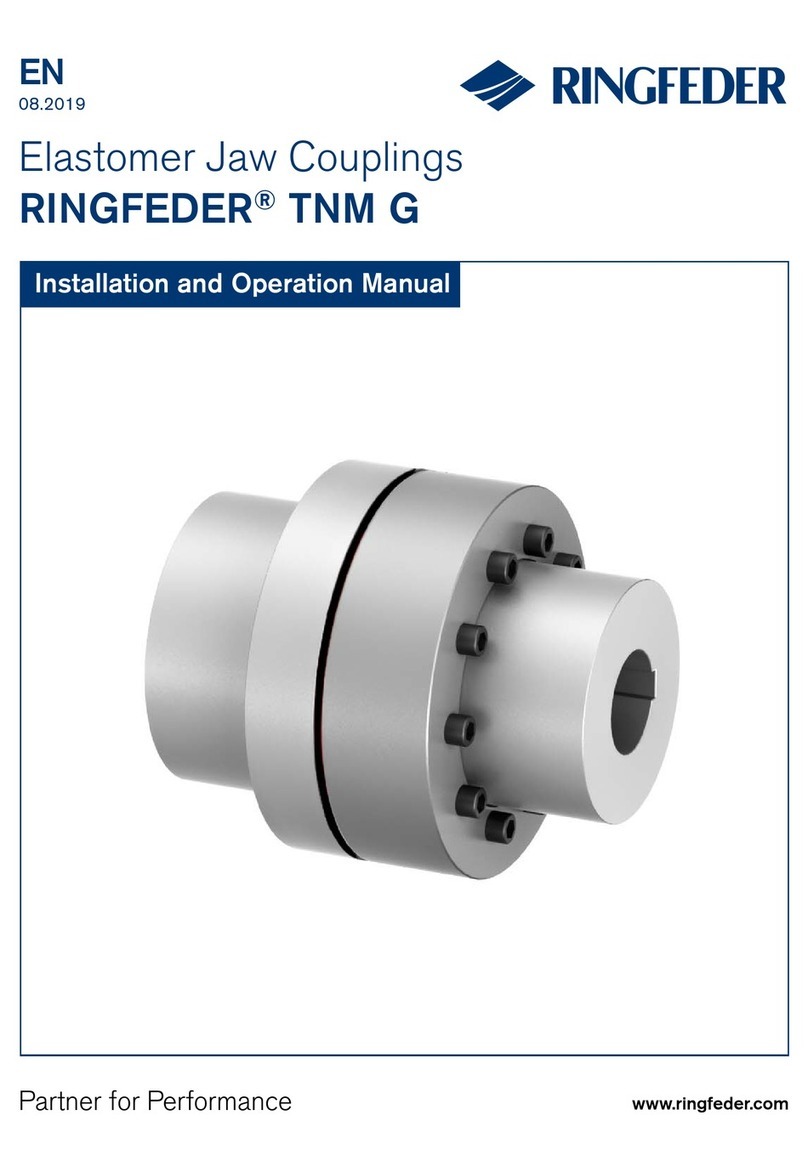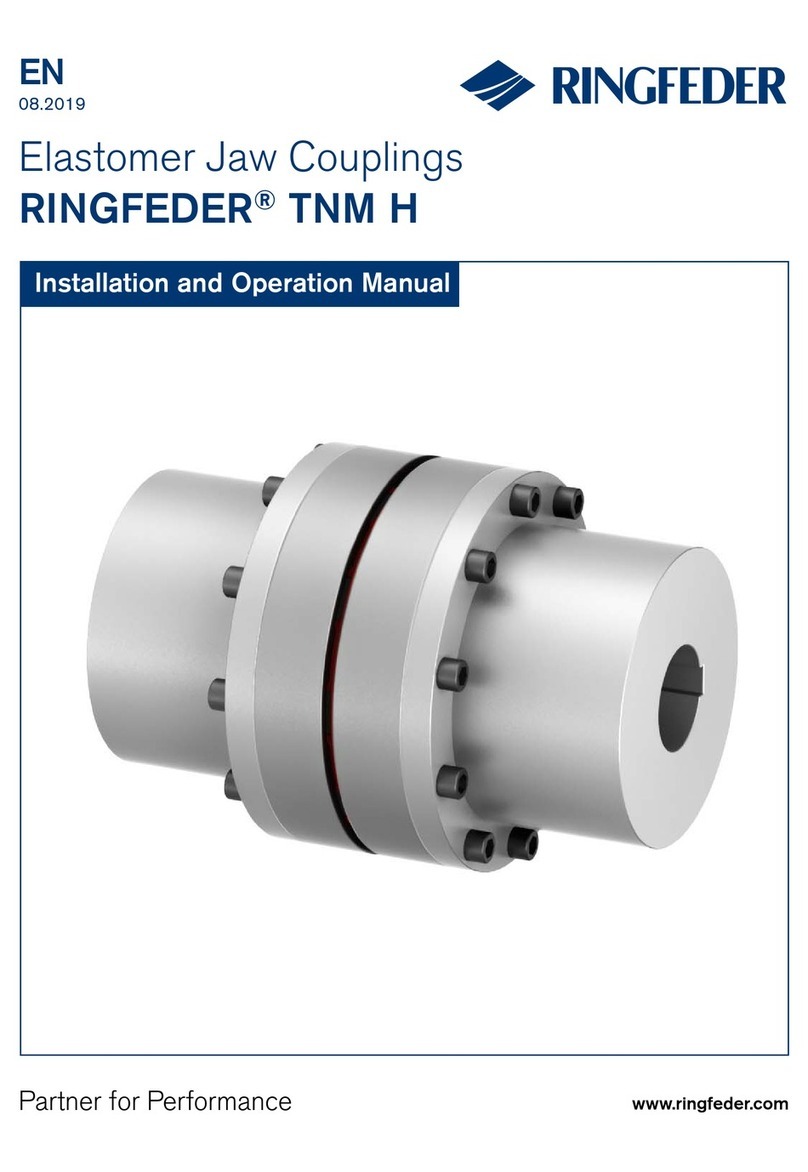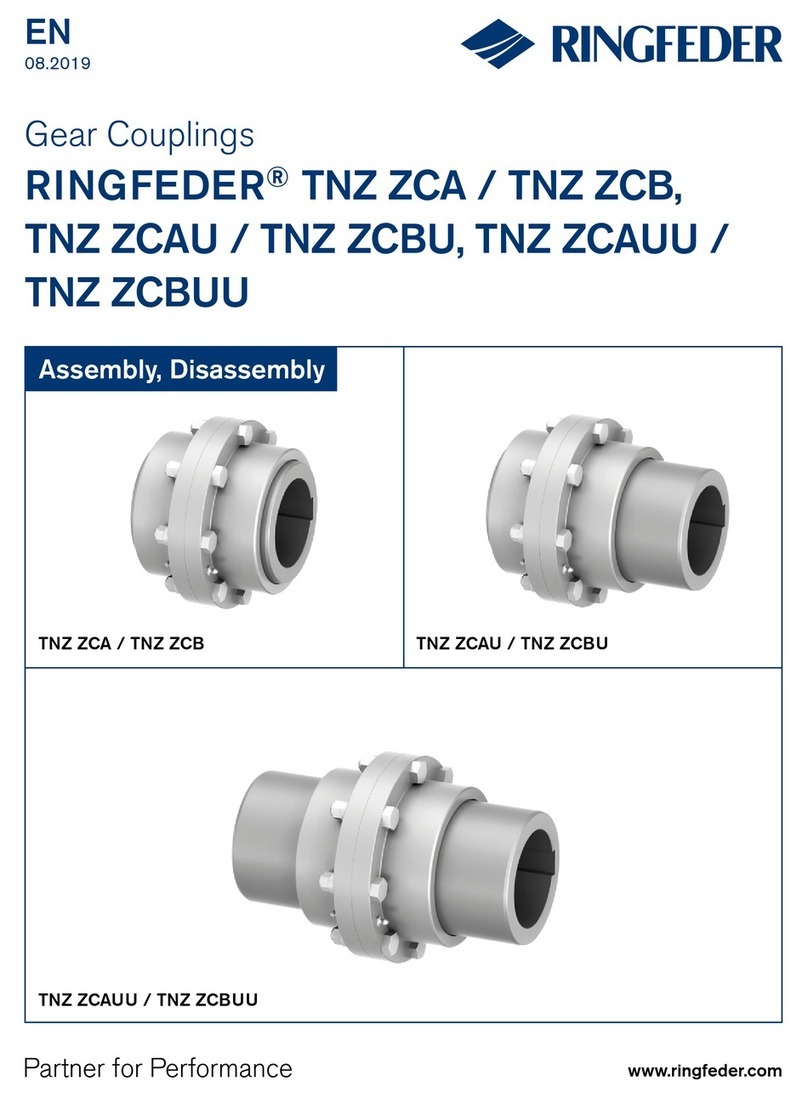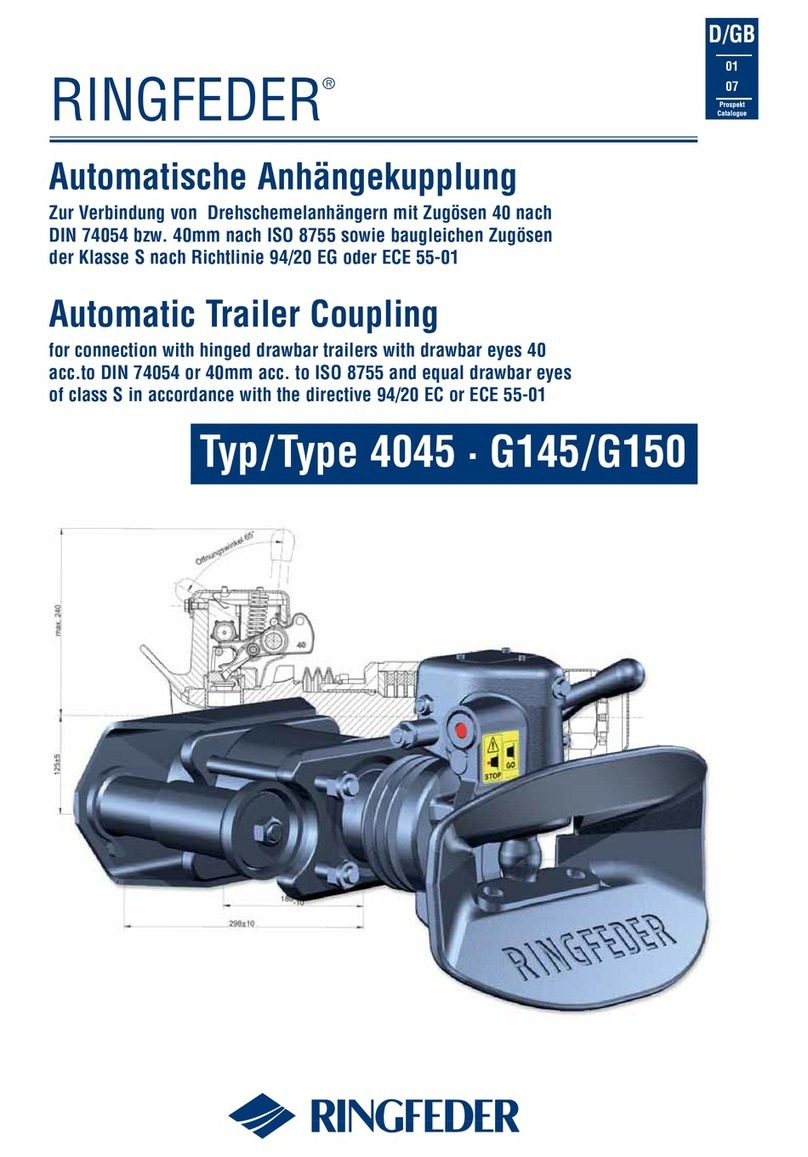Bedienung:
Typ 5055 Ausführung AM mit Fernbetätigung über Air Mechanism und mit
Fernanzeige
Die Anhängekupplung ist geschlossen und gesichert, bzw. gekuppelt, d.h. die
Zugöse ist eingefahren, der Kuppelbolzen unten, die Sicherung eingerastet,
der Anzeigestift liegt in Geschlossenstellung der Sicherung bündig am Siche-
rungsdeckel im Kuppelmechanismus an, die grüne Kontrolleuchte für die
Anhängekupplung im Führerhaus leuchtet auf.
Öffnen der Anhängekupplung und Entkuppeln:
Schließen Sie den Ventilkasten auf und öffnen Sie die Ventilkastentür. Drehen
Sie den roten Handhebel im Uhrzeigersinn in die Stellung “ON“ und klappen
Sie den gelben Handhebel aus. Drücken Sie auf “PRESS” und drehen Sie den
gelben Handhebel in die Stellung “OPEN”.
Hierdurch wird der Mechanismus mit Druckluft beaufschlagt und der
Kuppelbolzen nach oben gezogen. (Bei eventuellem Verklemmen des
Kuppelbolzens mit der Zugöse kann der Fahrer durch leichtes Rucken mit
dem Zugfahrzeug dafür sorgen, daß der Kuppelbolzen frei wird und die
Anhängekupplung öffnet.) Danach drehen Sie den gelben Handhebel zurück
in die Stellung “CLOSE” und klappen ihn wieder ein.
Entkuppeln Sie den Anhänger. Die Kupplung schließt selbsttätig, wenn die
Zugöse des Anhängers ausgefahren ist. Drehen Sie den roten Handhebel ent-
gegen dem Uhrzeigersinn in Stellung “OFF”. Schließen Sie die Ventilkastentür
und schließen Sie den Ventilkasten ab.
(Die Ventilkastentür kann nur dann geschlossen werden, wenn beide
Handhebel in ihrer geschlossenen Stellung stehen.)
Öffnen der Anhängekupplung und Kuppeln der Zugöse:
Schließen Sie den Ventilkasten auf und öffnen Sie die Ventilkastentür. Drehen
Sie den roten Handhebel im Uhrzeigersinn in die Stellung “ON” und klappen
Sie den gelben Handhebel aus. Drücken Sie auf “PRESS” und drehen Sie den
gelben Handhebel in die Stellung “OPEN”.
Hierdurch wird der Mechanismus mit Druckluft beaufschlagt und der
Kuppelbolzen nach oben gezogen. Danach drehen Sie ihn zurück in die
Stellung “CLOSE” und klappen ihn wieder ein. Kuppeln Sie den Anhänger an.
Die Kupplung schließt, wenn die Zugöse den Kuppelbolzen angehoben hat
und dadurch der Mechanismus ausgelöst wird. Überprüfen Sie, daß die
grüne Kontrolleuchte für die Anhängekupplung im Führerhaus aufleuchtet.
Überprüfen Sie, ob der Anzeigestift bündig mit dem Sicherungsdeckel
abschließt. Wenn der Anzeigestift nicht bündig mit dem Sicherungsdeckel
abschließt und die grüne Kontrolleuchte für die Anhängekupplung im
Führerhaus nicht aufleuchtet, s der Kuppelvorgang wiederholt werden. Nur
wenn der Anzeigestift bündig mit dem Sicherungsdeckel abschließt und die
grüne Kontrolleuchte für die Anhängekupplung im Führerhaus aufleuchtet ist
die Kupplung vorschriftsmäßig geschlossen und gesichert. Wenn der
Anhänger vorschriftsmäßig angekuppelt ist, drehen Sie den roten Handhebel
entgegen dem Uhrzeigersinn in Stellung “OFF”. Danach schließen Sie die
Ventilkastentür und schließen den Ventilkasten ab.
(Die Ventilkastentür kann nur dann geschlossen werden, wenn beide
Handhebel in ihrer geschlossenen Stellung stehen.) Nun ist der Anhänger
sicher gekuppelt und es kann losgefahren werden. Bei Ausfall der Druckluft
kann die Kupplung auch über den Handhebel geöffnet werden.
Operation:
Type 5055 Model AM, with distance control via Air Mechanism, including
remote indicator
The trailer coupling is closed and secured, resp. coupled, that is to say the
towing eye is inserted, the coupling bolt in its lower position, the safety devi-
ce is engaged, the indicator pin in this closed position of the safety device is
fitting flush to the safety cap in the coupling mechanism, the green indicator
lamp for the trailer coupling in the cab lights up.
Opening of the trailer coupling and uncoupling:
Unlock and open the valve box door. Turn the red handle clockwise to “ON”
and fold out the yellow handle. Simultaneously press on the yellow handle
where it says “Press” and turn the yellow handle anti-clockwise to “OPEN”.
The mechanism is hereby admitted with compressed air and the coupling
bolt lifted up via shaft and locking lever. (In case the coupling bolt gets jam-
med with the towing eye, the driver can attend to releasing the coupling bolt
by slightly jerking on the towing vehicle and thus, causing the trailer coup-
ling to open.) Then turn the yellow handle back to “CLOSE” and fold them in.
Uncouple the trailer. The coupling closes, when the trailer is disconnected.
Turn the red handle anti-clockwise to “OFF”.Close and lock up the valve box
door.
(The valve box door can only be closed when both handles are in the closed
position.)
Opening of the trailer coupling and coupling:
Unlock and open the valve box door. Turn the red handle clockwise to “ON”
and fold out the yellow handle. Simultaneously press on the yellow handle
where it says “Press” and turn the yellow handle anti-clockwise to “OPEN”.
The mechanism is hereby admitted with compressed air and the coupling
bolt lifted up via shaft and locking lever. Then turn the yellow handle back to
“CLOSE” and fold them in. Couple to the trailer. The coupling will close when
the towing eye pushes up the coupling bolt and this releases the mechanism.
Check, that the green light in the cabin for the coupling lights up. Check, that
the indicator pin is completely in. (Indicator pin flush with the safety cap) If
the indicator pin is not completely in and the green light in the cabin for the
coupling does not light up, the coupling procedure must be repeated. Only
when the indicator pin is completely in and the green light in the cabin for the
coupling lights up the coupling is closed and secured correctly. When the
trailer is coupled correctly turn back the red handle anti-clockwise into “OFF”
then close and lock up the valve box door.
(The valve box door can only be closed when both handles are in the closed
position.) Now the trailer is secured and driving may begin. In case of failu-
re of the compressed air supply the coupling can be opened by the hand-
lever.
100
140
160
200
